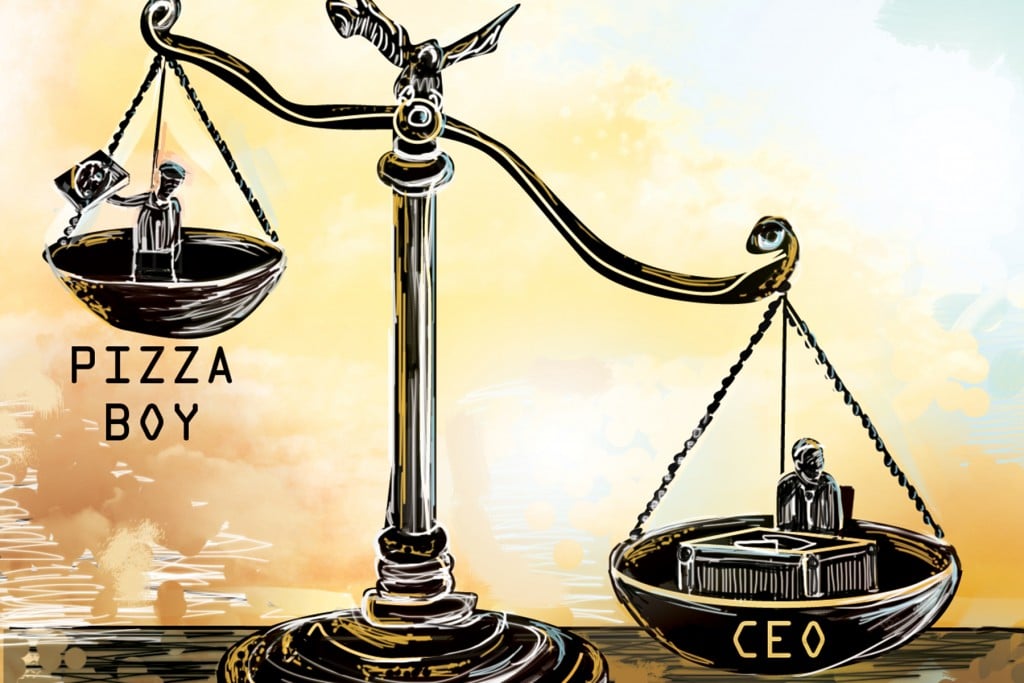Many Ways to Measure the Value of a Human Life

It’s impossible to really say what a human life is really worth, but that hasn’t stopped people from trying.
It happens all the time in wrongful-death suits, which are designed to compensate family members and dependents for their economic loss. According to tort law, the value of an individual life is closely related to that person’s future income. For example, last year, the state reached what’s thought to be the largest personal-injury settlement in Hawaii’s history after it was found liable for the deaths of California attorney Elizabeth Brem and her cousin, Paula Ramirez, after they fell from a cliff while hiking on a poorly marked trail on Kauai.
The settlement valued the two lives very differently. For Ramirez, a Columbian national, the family received $425,000, less legal fees. But Brem, a 35-year-old, up-and-coming partner in a prominent California law firm, cost the state a whopping $15 million.
However, tort law isn’t the only way to estimate the value of a human life. Economists use an entirely different method to calculate what they call the “value of a statistical life.” VSL isn’t the value of a particular individual. Rather, as the term suggests, it’s a purely statistical calculation typically used by government agencies when they evaluate proposed new regulations. For example, do the costs of removing the lead from gasoline outweigh the estimated savings in medical costs and lost lives? To make that calculation, economists need to settle on a VSL.
Dangerous work
There are several methods. One common approach is to look at how people implicitly value their own lives. For instance, how much additional pay do they require to do more dangerous work? Using a regression analysis, agency economists can create a workable VSL.
In his 2003 review of VSL estimates by federal agencies, Vanderbilt University economics professor Kip Viscusi found a range of $3.8 million to $9 million. (That’s about $12.3 million in 2013 dollars.) More recently, Viscusi’s own calculated VSL of $9 million was used by the U.S. Department of Transportation as the dollar value for a prevented fatality. But agencies aren’t always so generous when putting a value to a human life: OSHA’s asbestos regulations, for example, only value a saved life at $250,000.
In a fascinating 2004 paper, University of Chicago researchers Eric Posner and Cass Sunstein compared the money awarded to victims of the 9/11 terrorist attacks with national data on wrongful-death awards and the VSL figures used by federal agencies. The mean values were in the same ballpark: $2 million for Sept. 11 victims, $3.8 million in tort cases and $5.4 million for the VSLs. But the extremes were wildly divergent: $0 to $50 million in court, $250,000 to $7.1 million for Sept. 11 victims, and $3 million to $6.5 million for the VSL. In other words, it’s complicated.
A simpler way to think about the value of a human life is to ask, “What are we worth when we’re dead?” Sadly, the answer is not very much. We’re certainly not worth much to medical science. At CadaverForSale.com, you can answer a few questions about your lifestyle and body type and get a quick calculation of your value as a dead person. (This author’s cadaver was valued at a measly $4,195.)
The picture is even more depressing when you look at the value of your constituent elements: oxygen, carbon, hydrogen, etc. Calculated that way, the average 176-pound person is worth less than $200, most of which is tied up in the relatively pricey element potassium.
Valuable Chemicals
George Mason University biochemist Harold Morowitz is famously at odds with this calculus. Rather than look at the value of the elements in our bodies, he claims we should add up the price of complex chemicals we’re made of, things like hemoglobin, insulin and human DNA. These compounds turn out to be expensive. Prolactin, the hormone that stimulates milk production in mothers, costs as much as $17 million a gram.
After reviewing the prices of these compounds in a chemical supply catalog, Morowitz concludes the human body is worth about $245 a gram. That’s based on dry weight; if you remove the water from that mythical 176-pound person, he’s now worth $6.8 million.
You might wonder what you’re worth on the black market. Not surprisingly, the illicit trade in organs and tissues yields the highest price for a human body. After all, some reports claim a human liver could be worth half a million dollars by itself. Human skin can cost upward of $10 a square inch.
But, according to a University of Indiana Medical School study, the most valuable part of the human body is bone marrow, which can be valued at $23,000 for each of the 1,000 grams in your body. The total black market price for your body: $45 million.
Don’t spend it all in one place.






